So, when we say “messaging”, we don’t directly mean SMS or text messaging (although this can play an important part in your strategy, depending on your target audience, your brand identity, and so on).
No. Product messaging is the message your product sends to potential customers. Sounds simple right? Well, its definition may be, but getting the right message out there in the right way can be difficult.
Most people think the foundation of their message is listing a bunch of features and benefits, and while those things do need to be defined, they shouldn’t be where you start developing your product messaging.
How people perceive your product is a direct result of messaging. The right messaging effectively communicates your product’s value, giving prospects an understanding of how your product solves their specific problem.
Your messaging will also provide strategic guidance to PR teams, external marketing communications, and your sales team. And when you’re all speaking the same language, your messaging becomes more powerful and recognizable as it’s consistently applied across all media.
In this guide, we'll be answering key questions like:
Messaging unpacked
You might know why your product is perfect for your prospective customers, but without effective positioning and messaging it’s unlikely they’ll know or bother to find out.
Positioning and messaging make or break growth. Seventy-five percent of customers view personalized offers positively—proof that when your words speak directly to real needs, results follow.
Positioning and messaging go hand in hand, you simply can’t have one without the other, but how do we define messaging? Let’s start at the beginning.
What is product messaging?
Product messaging is how you communicate your product's value to potential customers. It's the foundation that shapes how people perceive and understand what you offer.
Developing the right messaging requires a lot of research and while there isn't one, definitive format for doing so, we have a bunch of articles and resources that can guide you in the right direction.
You can communicate with your audience through a multitude of different messaging techniques:
- Social media posts,
- Website chatbots,
- Advertising or marketing campaigns,
- Podcasts and webinars,
- Product design or layout,
- In-app notifications,
- CTAs (call-to-actions),
- And plenty more.
Key elements of product messaging
A strong product messaging framework includes several essential components:
Value proposition: Your concise statement explaining why your product is the best solution for your target audience's specific problem.
Messaging pillars: The core themes that support your main message. These typically include three to four key benefits or differentiators that reinforce your product's unique position.
Proof points: Evidence that backs up your claims: customer testimonials, case studies, statistics, or product demonstrations that validate your messaging.
Target audience definition: Clear identification of who you're speaking to, including their pain points, goals, and communication preferences.

Product messaging vs positioning
You might be wondering, what's the difference between messaging and positioning?
Positioning is the foundation on which messaging is built, and determines the place a product sits within the market. This is important as it gives your customers the context of where your product fits into their view of the product landscape.
Messaging is how you communicate the benefits of your product to your customers. The position sets the strategy and the messaging brings your story to life. This allows your customers to understand more about your product.
Why product messaging matters
How people perceive your product is a direct result of messaging. The right messaging effectively communicates your product's value, giving prospects an understanding of how your product solves their specific problem.
Your messaging will provide strategic guidance to PR teams, external marketing communications, content marketing, and your sales team. And when you're all speaking the same language, your messaging becomes more powerful and recognizable as it's consistently applied across all media. Good messaging will prove vital when crafting a market nurturing campaign, and having a cohesive message you can apply throughout your content and communication will lay a solid foundation for lead conversion.
What is an example of a product message?
If you're struggling to work out what an excellent product message looks like then you're in for a treat, as we've compiled a few examples of successful product messages.
Webflow
Webflow is a web design software that allows its users to communicate its product message by having testimonials visible on their main landing page. Testimonials and reviews tend to appear more genuine to customers, so are a great way to share the benefits of your product.
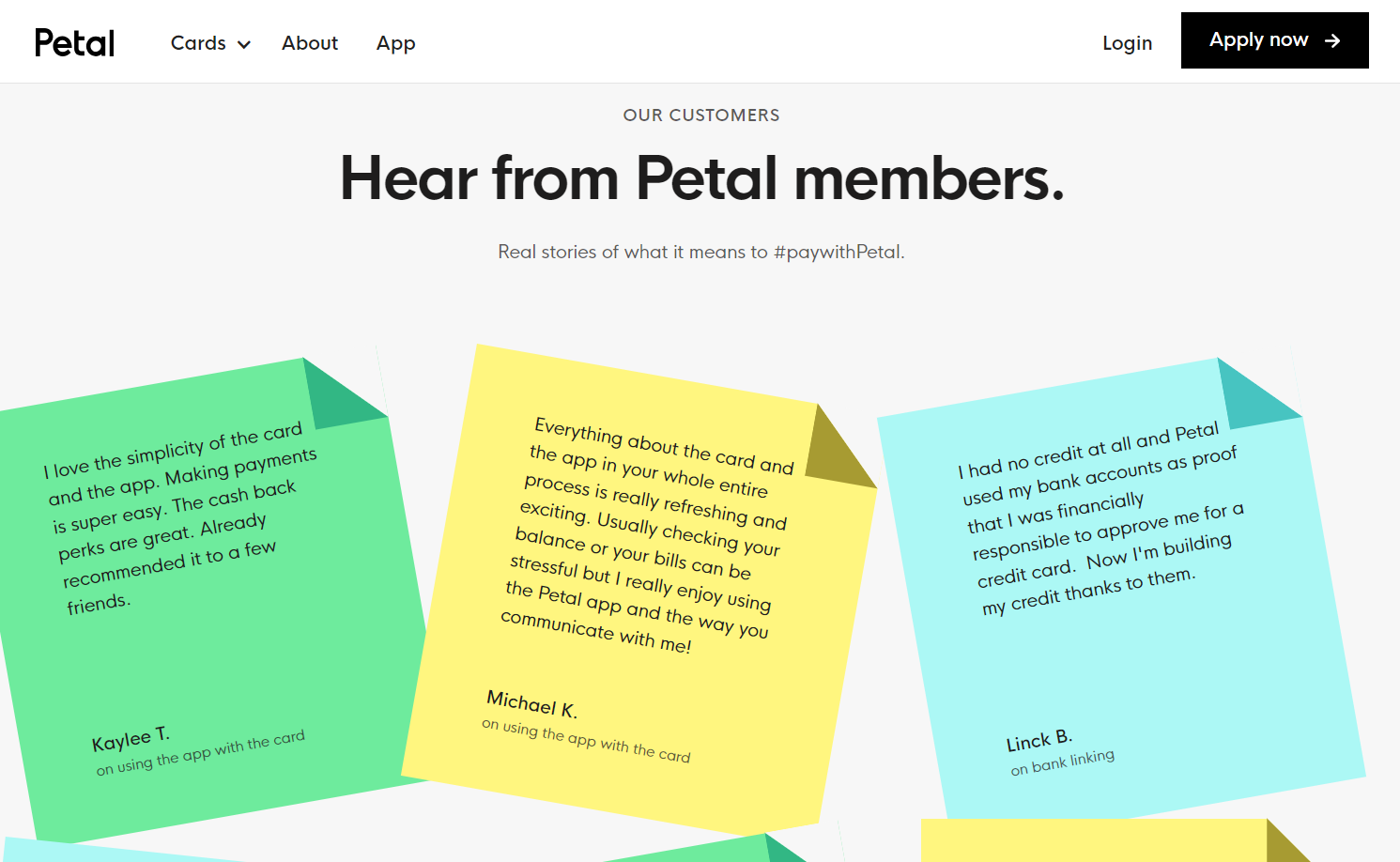
Vidyard
The video messaging solution, Vidyard, allows customers to choose the pain points they are struggling with (that Vidyard could solve), showing that they understand their customers. And shows customers how their service can help.
What is a product marketing messaging framework?
A product marketing messaging framework plays a key role in every product marketing team's artillery. It serves as a representation of your products and services unique selling points.
It's a vital resource that supports creative briefs, content, and training for your sales representatives.

How to create product messaging
Our five-step framework is proven—the kind of structure 62.5% of marketers use to track pipeline by channel and see exactly which messages convert.
Step 1: Define your product's core value
Your core value is why your product exists. It's not just what you do—it's the fundamental benefit customers gain from choosing you.
Start by asking yourself: What transformation does my product create for users? Focus on outcomes, not features. Your core value should be something customers genuinely care about, not just what makes you proud.
Once you've identified this value, validate it. Use your own product as a case study if possible. Take Vidyard for example — they send personalized videos to interested buyers to demonstrate what their software can do, and they offer tons of video content for prospective customers to engage with while browsing their website.
If you can't be your own case study, find beta testers who'll provide honest feedback about the value they experience. Then use that feedback to determine and refine your product message.
Step 2: Research and develop buyer personas
You can't create compelling messaging without deeply understanding your audience. This goes beyond basic demographics—you need to understand their challenges, goals, and decision-making process.
Once you identify who can benefit from your products, draft your buyer and/or user personas and apply that to messaging that resonates.
Find out how your product can help your personas, and ask yourself: Who will be making the purchasing decision? What will your end-user need to convince them to make the purchase?
As you learn more about the people who will be using your product, you'll naturally learn more about the companies they work at, and be able to refine your ideal customer profile (ICP) based on the companies that have the most success with your product.
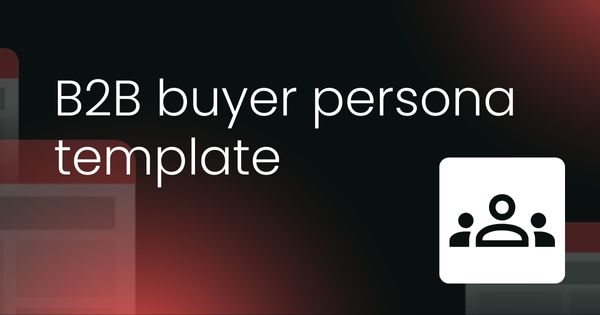
Emma Stratton, Founder and CEO of Punchy.co, shares her expert insights into using your customers' words to make your message sound more genuine.
"Authenticity is key to creating effective messaging that builds your brand. No one wants to read dry, corporate messaging or bravado, we crave realness - our favorite brands speak our language, they're human.
"That's why more and more B2B companies are investing time and resources into brand voice development to strike the right tone with their customers. But there's a quick, low-impact way to get started. Let your customer do the work for you – steal their language (in the nicest possible way, of course). It's the ultimate shortcut to crafting messaging that resonates with your customer - a cheat code.
"When you take the words right out of a customer's mouth, you make it easy for other customers to understand why your product matters. For example, I had a client whose platform integrated several sales tools into (the ubiquitous phrase) 'one pane of glass.' But that's not how their customers described the integration. Instead, they all said "now I don't need multiple tabs open" – so we used that phrase instead, and it resonated.
So how do you find juicy, steal-worthy language? Simply run customer interviews.
Here are some of Emma's top questions to ask:
● How would you describe our product to a friend? This question is perfect for complex products – customers have a knack for keeping it simple, and may give you a new way to describe your product.
● What was happening in your world that made you seek out a solution in the first place? This gives you a real insight into what motivated a customer to change. These offer meaningful challenges and pain points to mirror in your messaging.
● How did your life change, thanks to the product? This is a great way to capture new and meaningful benefits. I've worked with clients who discovered their new value proposition from this question.
If you don't have time for customer interviews, head to product review sites like G2, TrustRadius and Capterra. Check out reviews for both you and your competitors and highlight any interesting phrases – especially repeated ones or you can listen to conversations on software like Gong, Chorus.ai or SalesLoft if you have it.
Step 3: Identify your differentiation
What makes you different isn't always what makes you better. Focus on differences that matter to your specific audience.
Analyze your competition by listing your top three to five competitors and documenting their key messages and value propositions. Look for gaps in their offerings or messaging, and find areas where you genuinely excel.
Your differentiation might be a unique feature set, superior user experience, specific industry focus, pricing model, customer support approach, or integration capabilities.
Test your differentiation by removing all branding from your messaging and your competitors'. If you can't tell them apart, neither can your customers.
Step 4: Build your messaging framework
Now combine your insights into a structured framework. Start with your primary message—one clear sentence explaining what you do and why it matters.
Create three to four supporting pillars that back up your primary message. Each pillar should address a specific customer need, highlight a unique strength, and be backed by proof points like customer success metrics, testimonials, case studies, product capabilities, or industry recognition.
Document everything in a central messaging guide that teams can reference. Include approved language, terms to avoid, and examples of how to apply messaging in different contexts.
You may need to present your value proposition differently depending on the personas you're addressing, but your core value should always stay the same—even if the benefits you're highlighting change.
Step 5: Test and validate with customers
Your messaging isn't complete until customers validate it. Testing helps ensure your words resonate and drive action.
Try A/B testing different messages on landing pages or ads, conducting customer interviews to share your messaging and ask for honest reactions, gathering sales team feedback about which messages help or hinder deals, and monitoring how messaging changes impact key metrics.
Ask questions like: Does this clearly explain what we do? Does it address your main concerns? Would this motivate you to learn more? What questions does it leave unanswered?
Based on feedback, refine your messaging. This isn't a one-time exercise—plan to review and update your messaging quarterly as your market evolves.
How to get your product's message out there
Once you have your messaging down, you need to start communicating it to your audience. There are a variety of different ways that you can do this. But one thing you must always keep in mind is how your audience wants to be communicated with.
Let’s take a look at some ways you can do this...
One example, as we previously mentioned, is actually using SMS marketing or digital marketing. Of course, this is only going to work for those who actually use social media or their phone a lot. Many companies actually have an option on their websites where the customer can opt-in for SMS or email marketing. This is a great way to ensure that you’re certain of how a customer wants to be communicated.
Here, they have the choice of giving you their phone numbers or emails, which you can then input into an automation tool like MailChimp to mass send your product updates and messaging.
Staying on the digital marketing side of things, you may like to add a personal touch to your marketing strategy and follow up with your returning customers on social media sites like LinkedIn or Facebook messenger to thank them for their purchase. Of course, this is only going to work if you’re a smaller business, as individual personalized messages wouldn’t work with a larger customer base.
Keep in mind that, as a product marketer, the customer always comes first. Choosing to communicate with your audience in a way that they prefer, and what also works for you is a great way of making them feel appreciated, ultimately increasing customer retention, brand reputation, and then overall sales.
Of course, texts and emails are more modern marketing channels. But, there are many other ways that you can communicate your product messaging to your audience. For example, in how you convey your product pricing, the design of your product, tv advertisement, and so on. You just need to find what works for you.
You’ll find everything you need in our product marketing messaging framework and templates to get you off and running.
Product messaging examples and best practices
Let's look at companies that nail their product messaging, then explore best practices for implementing your own.
Real-world product messaging examples
Slack: "Where work happens"
Slack's messaging brilliantly positions them as more than a chat tool—they're the digital headquarters for teams. Their messaging pillars include:
- Reducing email overload
- Bringing teams together
- Integrating all your tools
Each benefit directly addresses pain points their audience faces daily.
Notion: "One workspace. Every team."
Notion differentiates by emphasizing flexibility and customization. They don't just offer features—they promise a workspace that adapts to how you work. Their messaging resonates because it acknowledges that every team works differently.
Loom: "Record and share video messages of your screen, cam, or both"
Loom's messaging is refreshingly simple and action-oriented. They lead with exactly what you can do, making it immediately clear who should use their product and why.
Webflow: "Build better business websites, faster. Without coding."
This messaging speaks directly to their dual audience—designers who want more control and businesses that need results quickly. The "without coding" addresses the primary objection head-on.
Best practices for implementing product messaging
Document and distribute your messaging
This is by far the most important tip: In order to ensure that your product messaging is included in the content, you need to document and share that messaging.
Even more though, you need to make sure you're sharing the messaging in the right format. Asking your writers to reference product pages? Not enough. Telling content marketers to review a product presentation? Not the most helpful. Instead, you need to create a message map for each of your products that is informative, up-to-date, and easily accessible.
There are lots of formats you can use to create and distribute a message map, but a living document like Google Doc works well. Your message map should include:
- A description of the product
- A list of key product features
- A list of key benefits for each feature
- All target buyer personas
- All value propositions for the product
- All taglines for the product
- Any screenshot or images of the product
- Any design guidelines
If that sounds like a lot to you—well, you're right. But this is work that, as a product marketer, you're doing anyway. Creating a message map and sharing it is essential for making sure your positioning is included in the content.
Explore the problems your product solves
Identifying and talking through the problems that your offering solves is crucial for product marketers. If that information isn't included in your messaging document—and, really, even if it is—make sure you're talking through these details with your content marketing leaders. These problems are a great place to start brainstorming for related content ideas that can incorporate product messaging.
Some of the best ways to brainstorm blog post ideas according to content marketing experts is to start with a problem. This could be a recurring complaint that customer support tosses to content; it could be an industry dilemma that bugs everyone; it could even be a problem that your own marketing team struggles with.
Content that starts with a problem is successful because it presents a goal for the piece, an audience for the final product, and real-life stakes. Take advantage of this formula by suggesting the problems that your product solves for content ideas, and letting your team run with it.
Leverage your buyer personas
Your company's buyer personas should be well-known to everyone in your marketing team—or, ahem, your company. Make sure you're using these personas to ground your product messaging and make this copy more accessible and more transferable to other marketing channels.
For instance, while product marketers might use buyer personas to define value propositions and craft messaging that compel these users to buy, content marketers consider these buyer personas as ideal readers. They'll take their motivations and interests as inspiration for content.
If I were planning content for a software product that marketed to audio professionals, I would focus on audio education, audio software, and time management. And I might also create content around Tobi's social motivations, like collaboration and working alone, both with industry-specific tips and more general guides.
To ensure that product messaging appears in your content, make sure it's grounded in your personas. That way, it'll be clear where, when, and how to mention your product.
Keep your content marketing leaders up-to-date
When I started working on content strategy, one of the first things I was tasked with was setting up a regular, standing meeting with our product marketing team. The agenda was simple: going over any product updates and reviewing the product roadmap.
In this case, I could use the product roadmap to start assigning broadly related articles early. That way, when the time came for a product release, our blog would already have multiple pieces of content offering more information on a topic, providing opportunities to plug the product, and gaining authority in the rankings.
Keeping your content team in the loop ahead of time—and even way ahead of time—helps you establish your blog posts as educational well before you start promoting, which is a significant influence on the decision to purchase.
How to update your product messaging
Louise Dunne, Senior PMM at Dojo,, shares her insights into updating your product messaging.
Your strategy has changed
In terms of chicken and egg, strategy has to come ahead of defining positioning, honing in on value proposition, crafting compelling messaging and adapting per persona.
While strategy shouldn’t constantly be in flux, it will evolve in line with changes in the wider market. Every day, businesses deal with acquisitions and mergers, evolving buyer needs and changing market conditions so if the business strategy has changed, it may also be time for an update to messaging.
Keeping track of changes in the market is already part and parcel of product marketing’s remit. Regularly analysing sales cycles, monitoring competitor activity through win/loss analysis and research and being in close contact with customers and prospects will help to keep a finger on the pulse of shifts in the market that may indicate it’s time to validate that your messaging is still resonating.
Market feedback says it’s time to switch up
You know you have great messaging when prospects understand and value your differentiators, and post-sale, customers are satisfied they are getting what they signed up for.
On the flip side, where these indicators of success start to slip, you may need to investigate what’s not working in your messaging. By researching your buyers, analysing opportunity data, speaking to customers and customer-facing teams, and looking at touch points across the entire customer journey you can build up a better picture of the accuracy and efficiency of messaging.
Having a quarterly cadence to review key data points on sales cycles, buyer persona feedback and customer feedback will help identify opportunities to course correct messaging and positioning.
Sales adoption is low
A sign your messaging is resonating with buyers is that your sales reps are using on-brand messaging consistently, adopting key assets without making significant updates and that sales cycles progress at a reasonable pace.
Where you might have an issue is when you find sales teams creating alternative talk tracks, developing custom content for their sales cycles and veering off messages when presenting to customers and prospects in order to advance them through deal cycles.
The first step is to diagnose the problem, whether it’s a sales confidence issue, which will require a different approach to instil best practices and reinforce enablement, or a messaging issue.
Gathering sales feedback on the lightbulb moments in pitches and demos, shadowing opportunities live or watching back recordings and analysing sales data will help gauge how messaging is being received in the market.
It’s important for product marketers to deep dive into active sales cycles on a regular basis, whether it’s researching a particular segment, region or buyer persona. Either way, finding the blockers where customers don’t understand the value, where there are repeat sticking points and where further customer education is needed will help inform messaging and content requirements.
Your product has changed
Product evolution also has an impact on messaging and positioning. Will a new feature allow you to reach new users and use cases? Will enhancements to your product or services mean you can differentiate against new competitors?
As you go through the go-to-market process, it’s worth factoring in how this changes your competitive positioning and how this translates across all customer-facing touch points from marketing outreach to public messaging to sales enablement resources.
Constantly querying how your roadmap impacts downstream positioning and messaging will help avoid gaps in how your product and solution is perceived in the market.
As part of go-to-market plans, make sure to add steps to review externally facing assets from the website to sales presentations and refresh messaging as and when needed.
Ready to become a messaging master?
You've just learned the fundamentals of product messaging - from crafting your core value proposition to updating your messaging as markets evolve. But mastering the art of messaging that truly resonates with customers requires ongoing learning and practice.
That's where Product Marketing Alliance's Pro+ Membership comes in. With access to our Messaging Certified course, 25+ other certifications, exclusive templates, and a community of 50,000+ product marketers, you'll have everything you need to create messaging that drives real business impact.
Level-up your skills and join thousands of product marketers who are already transforming their careers with Pro+.
This article was updated on June 24, 2025 by James Shaw





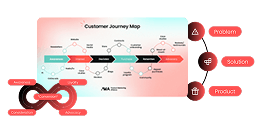


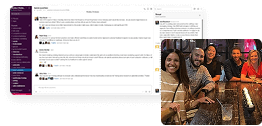
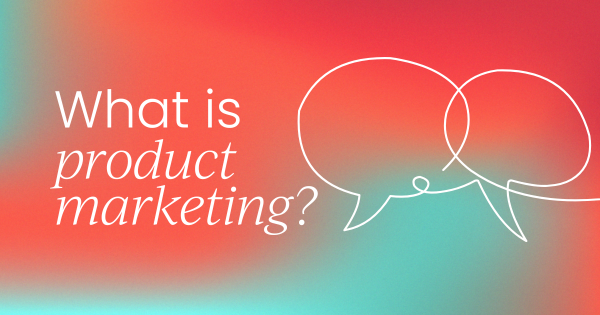

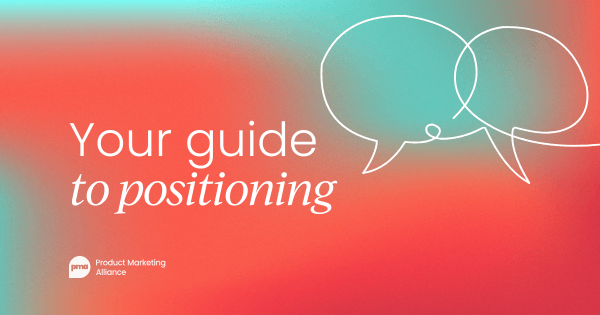
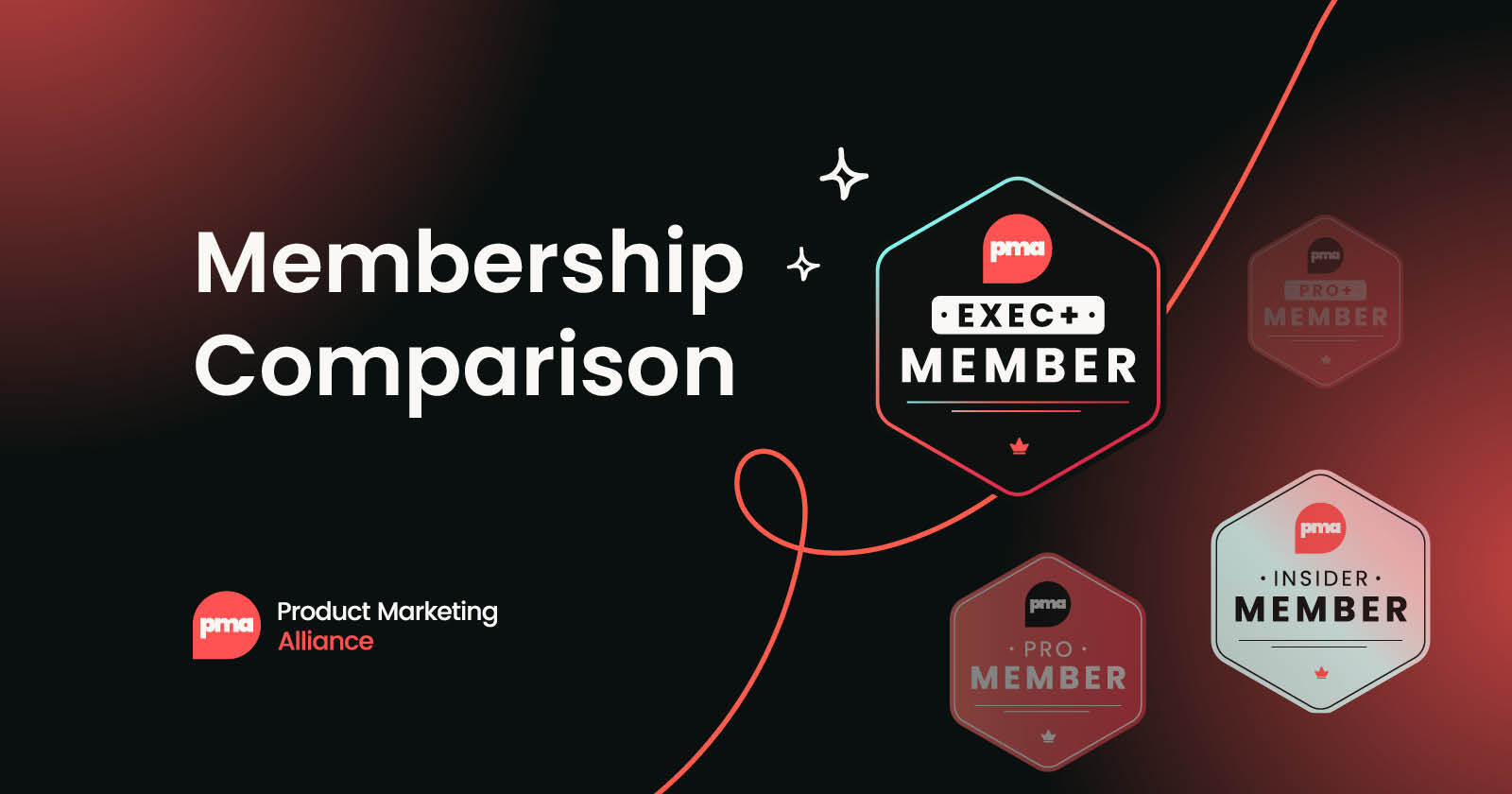

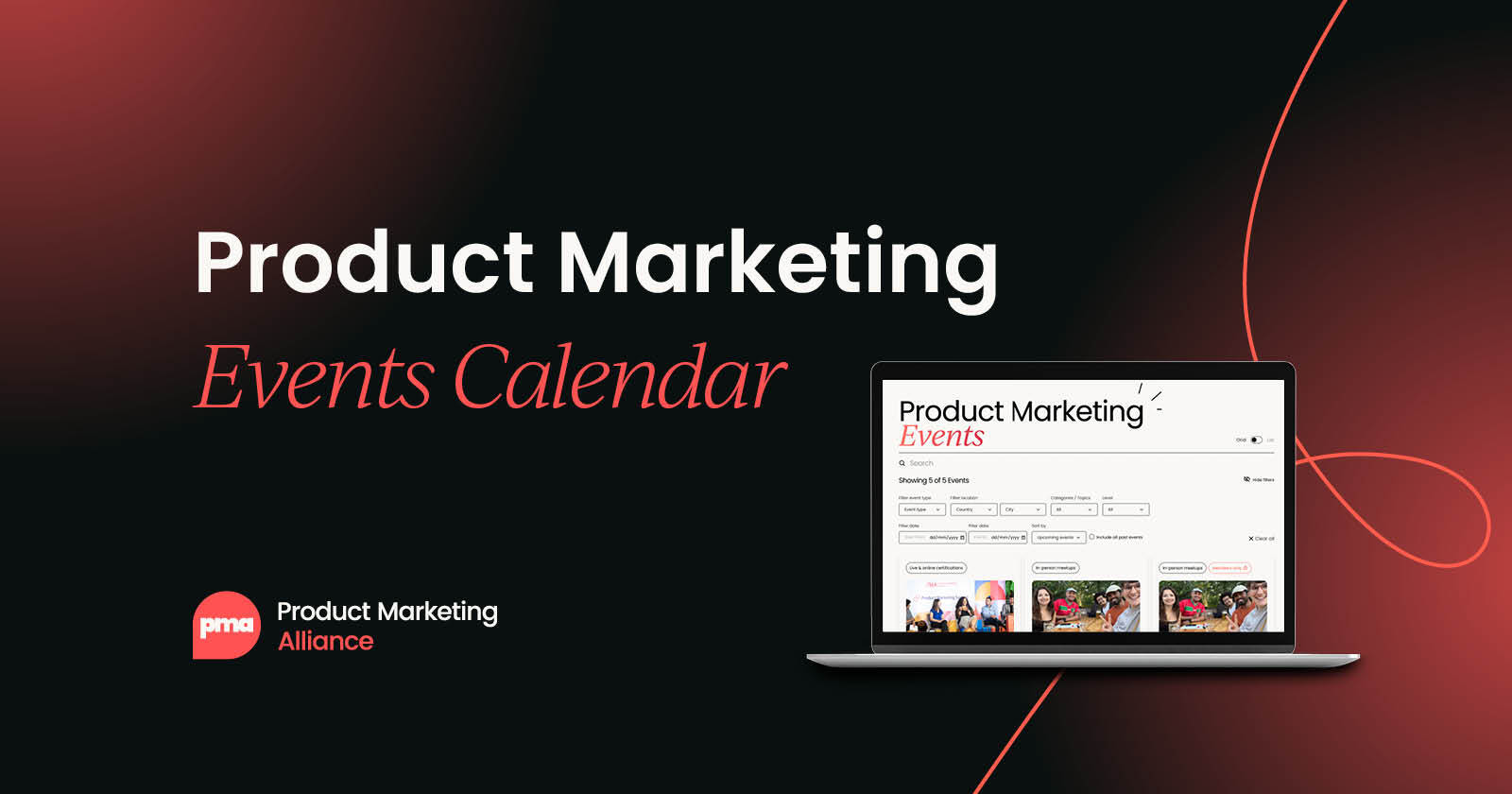
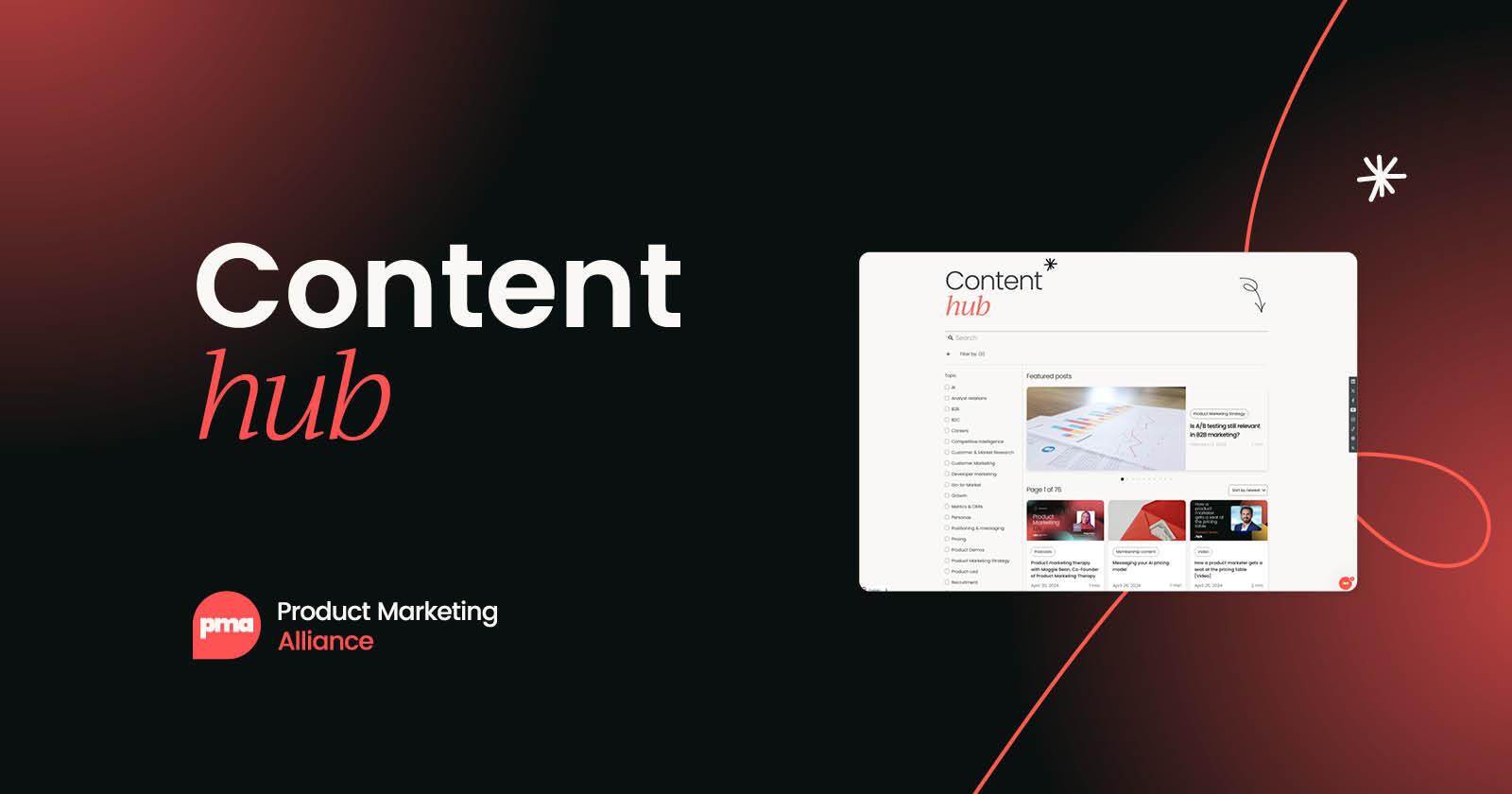

 Follow us on LinkedIn
Follow us on LinkedIn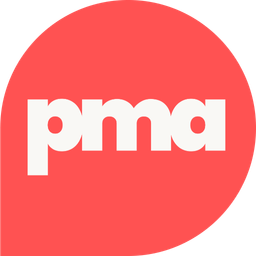
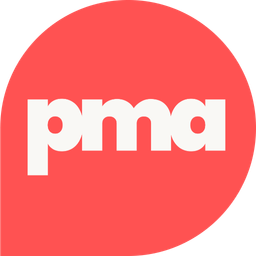






.svg)
Start the conversation
Become a member of Product Marketing Alliance to start commenting.
Sign up now